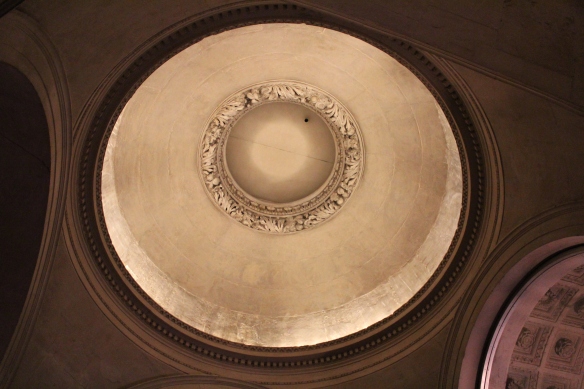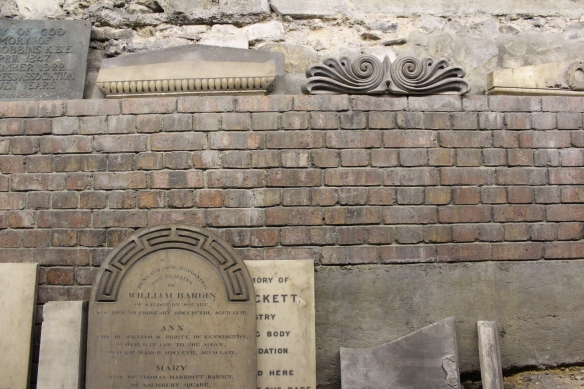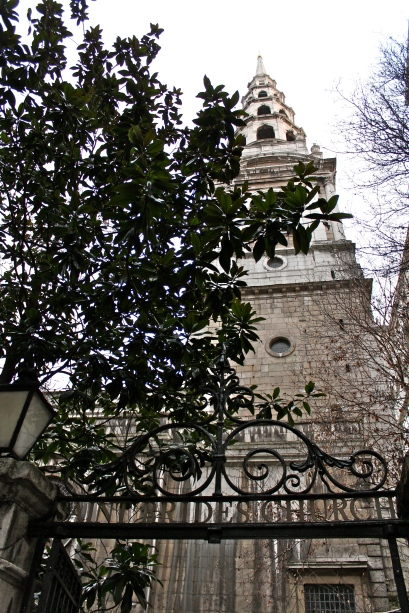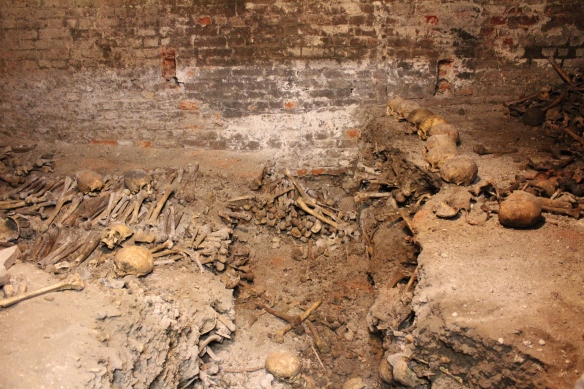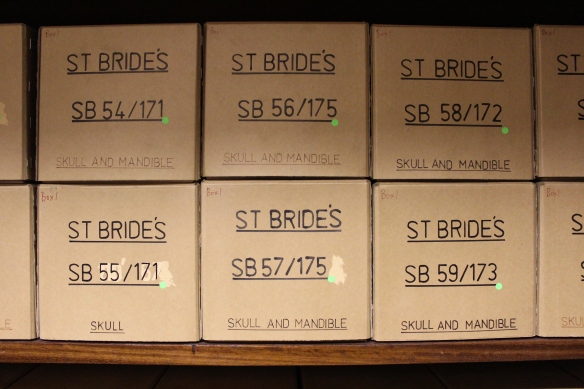Last week the Londonphile had a superb day out getting up close and personal to the Old Royal Naval College’s Painted Hall. Right now this Baroque gem is getting a bit of a clean-up, with conservators tackling 50-plus years of accumulated grime. They’re working on the west wall first, with a deadline of the end of April. So while normal visitors to the Painted Hall will find that area covered over (with a very realistic-looking copy of the painting), those booked onto the conservation tours the ORNC is currently running can go behind the scenes, meet the conservators and get a truly bird’s eye view of James Thornhill’s masterpiece.
The Painted Hall was designed by Wren and Hawksmoor in 1698 and was originally intended to be a dining room for the naval veterans who lived here at the Royal Hospital for Seamen. Thornhill took a staggering 19 years to complete the elaborate painting of its interior. It was soon decided that the hall was much too grand for its original purpose and it quickly turned into one of London’s first paying tourist attractions. Today you can visit the hall for free – and I personally believe that it is one of London’s most under-appreciated gems.
Stepping behind the cover hiding the west wall on a Meet the Conservators tour, you first encounter the very large – and high – scaffolding which the conservators are using to restore this massive work. Work began on December 3rd – this is actually the tenth restoration of the hall, the first being just five years after it originally opened. The most recent restoration was undertaken in 1957 and saw 15 layers of varnish removed. The work was conducted to such a high quality that the thinly-applied varnish layer from that time will now be retained, while a thorough cleaning is undertaken, primarily using cotton wool swabs and water.
It’s quite a thing to ascend the scaffolding and see the west wall up close. We first climbed six metres to the first visitor viewing platform, where we had a talk from a conservator and watched another at work at close hand. We then moved to the second platform, at ten metres high, which was almost within touching distance of the Painted Hall’s ceiling (see below). These tours provide such a unique opportunity – it’s hard to imagine when visitors will have another chance to see the hall from such a viewpoint. And they’re free!
This is the first phase of the restoration only, with the hall’s main ceiling the next major area in line for a clean-up. So far the process has discovered all manner of dirt attached to the walls, including various pollutants, grease, dust, debris – and even some gravy. Ultimately, a new lighting scheme will also be installed in the hall, enabling a clearer view of Thornhill’s work. In the meantime, the ORNC is offering three types of conservation on selected dates until mid-April – Meet the Conservators (Fridays), Open Scaffolding Sessions (Tuesdays and Thursdays), and Conservation in Action (Saturdays and Sundays). All are free but require pre-booking on 020 8269 4799 or via boxoffice@ornc.org









